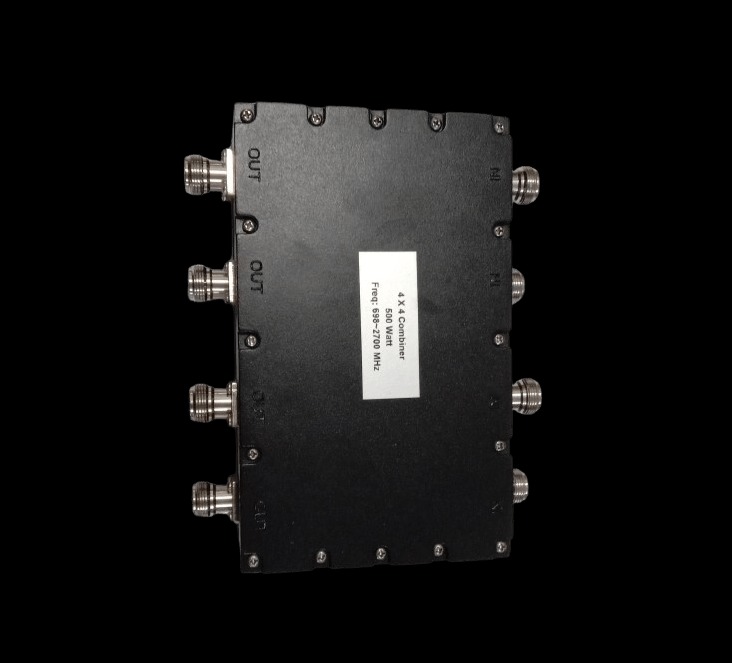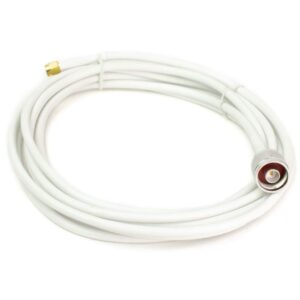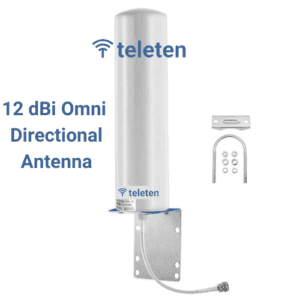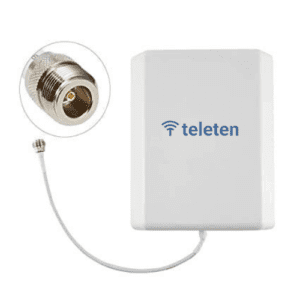Frequency Range: 698 MHz to 2700 MHz
This frequency range covers multiple communication bands, including cellular and Wi-Fi frequencies.
Configuration: 4-to-4
The combiner has four input ports and four output ports. This configuration allows for various combinations of signal routing, such as combining four signals into four distinct outputs or splitting a signal into four separate paths.
Insertion Loss: Typically 1.0 dB to 2.0 dB
Insertion loss indicates the amount of signal power lost when the combiner is inserted into the signal path. Lower insertion loss values are preferable to minimize signal attenuation.
Isolation: Typically 20 dB to 30 dB
Isolation measures how well the combiner separates signals between different ports. Higher isolation values imply better separation and reduced signal leakage.
Return Loss: Typically 15 dB to 20 dB
Return loss measures the impedance matching of the combiner. Higher values indicate better impedance matching and less reflected signal.
Power Handling: Typically 20 W to 100 W or higher
This denotes the maximum power the combiner can handle without sustaining damage. The exact power handling capability will depend on the design and construction of the combiner.
Connector Type: Various options
Connectors can be N-type, SMA, or other RF connectors, depending on the specific model and manufacturer.
Construction: Typically made from high-quality materials such as aluminum or brass with a dielectric material like PTFE (Teflon)
The choice of materials impacts the combiner’s performance, durability, and frequency response.
Dimensions: Varies by model
The physical dimensions will depend on the specific design and manufacturer. Ensure that the combiner fits within your system’s physical constraints.
Environmental Conditions:
Temperature Range: Typically from -40°C to +85°C
Humidity: Generally up to 95% non-condensing
Key Considerations:
Signal Combining/Splitting: Verify that the combiner meets your specific requirements for combining or splitting signals. The performance metrics such as insertion loss, isolation, and return loss are crucial for maintaining signal quality.
Performance Metrics: Aim for low insertion loss and high isolation to ensure efficient signal distribution with minimal interference.
Application Versatility: This combiner is ideal for RF applications requiring complex signal routing, such as multi-path signal distribution in communication systems, broadcast setups, and network infrastructure.





